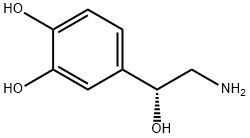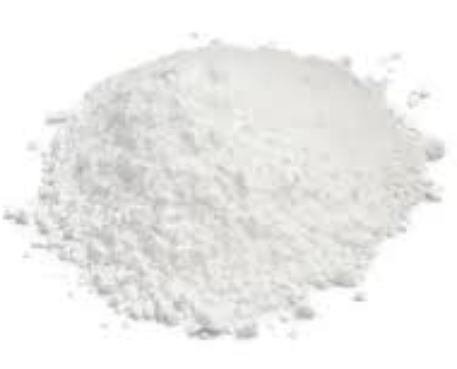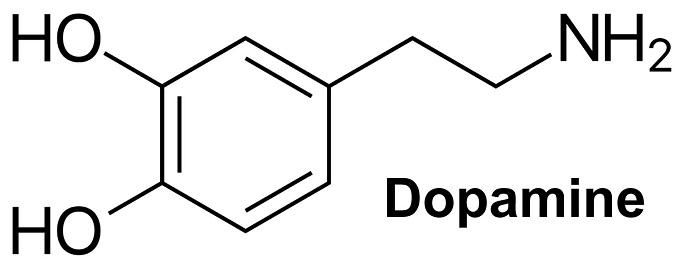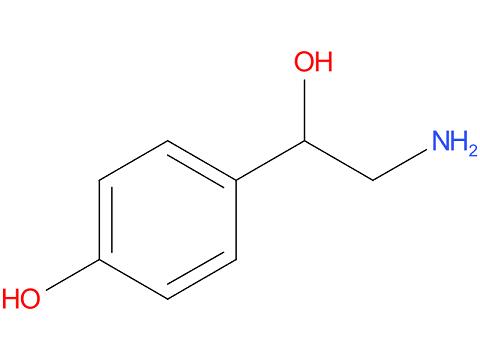Biological functions of Norepinephrine
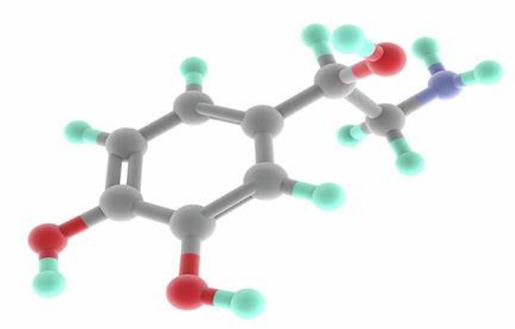
Discovery
Adrenaline was isolated from the adrenal gland of oxen by Jokichi Takamine and his assistant Keizo Uenaka in 1900.Jokichi Takamine purified adrenaline from the adrenal glands of sheep and oxen in 1901. John Abel isolated a monobenzoyl derivative of adrenaline and named it “epinephrine.” Hermann Blaschko and Peter Holtz independently identified the biosynthetic pathway of noradrenaline in 1939. Ulf von Euler established the role of noradrenaline as a neurotransmitter in 1945.Noradrenaline has been reported to exist in various animal species, including cnidaria.Noradrenaline is generally present in deuterostomes, but replaced by octopamine in protostomes such as arthropods, mollusks, flatworms, nematodes, and annelids.4 Adrenaline is also replaced by octopamine and tyramine in invertebrates.
Properties
Mr. 169.18 (noradrenaline), 183.2 (adrenaline). Noradrenaline is slightly soluble in water, ethanol, and diethyl ether and very soluble in alkali. Adrenaline is very slightly soluble in water and alcohol, and readily soluble in aqueous solutions of the mineral acids NaOH and KOH.
Synthesis and release
Gene, mRNA, and precursor Noradrenaline is synthesized from dopamine by dopamine β-monooxygenase (dopamine β-hydroxylase)with O2 and ascorbic acid as cofactors. Adrenaline is synthesized from noradrenaline by phenylethanolamine N-methyltransferase (PNMT) with S-adenosyl-L-methionine as the methyl donor.
Tissue distribution of mRNA
Noradrenaline is synthesized in the brain, postganglionic neurons of the sympathetic nervous system, and the adrenal medulla. Adrenaline is primarily synthesized in chromaffin cells in the adrenal medulla. Adrenaline is synthesized at low levels in the brain and heart.
Plasma concentration
The plasma concentrations of noradrenaline and adrenaline in medical students at rest were 0.98 nM and 0.32 nM, respectively.Regulation of synthesis and release Tyrosine hydroxylase is the rate-limiting enzyme in catecholamine synthesis.The activity of tyrosine hydroxylase is negatively regulated by dopamine, noradrenaline, and adrenaline.7 Adrenocorticotropic hormone and activation of the sympathetic nervous system stimulate the activities of tyrosine hydroxylase and dopamine β-hydroxylase. Cortisol released by the adrenal cortex increases PNMT expression. Noradrenaline is transported into synaptic vesicles from the cytosol by the vesicular monoamine transporter and stored in the synaptic vesicles.
Noradrenaline is released to the synaptic cleft typically by action potentials. After binding to the receptor, noradrenaline is collected into the presynaptic cell by the norepinephrine transporter and can be broken down by monoamine oxidase. Preganglionic sympathetic nerves release acetylcholine in the adrenal medulla and bind to nicotinic acetylcholine receptors in chromaffin cells that store adrenaline in the adrenal medulla. Adrenaline is released into the bloodstream by the depolarization of chromaffin cells.
Biological functions
Noradrenalin In the brain, noradrenaline is produced in the neurons in the locus coeruleus in the pons.Noradrenergic neurons innervate large areas of the brain and release noradrenaline as a neurotransmitter. Noradrenaline in the brain brings alertness, arousal, and readiness for action. It also focuses attention and enhances the formation and retrieval of memory.
Noradrenaline released in the paraventricular nucleus stimulates gonadotropininhibitory hormone release and suppresses luteinizing hormone release from the pituitary gland in quail.Noradrenaline is the main neurotransmitter of the postganglionic neurons of the sympathetic nervous system. Noradrenaline increases the heart rate and blood pressure, triggers glucose release, increases blood flow to the skeletal muscle but reduces blood flow to the gastrointestinal system, decreases gastrointestinal mobility, and inhibits voiding.
Related articles And Qustion
See also
Lastest Price from Norepinephrine manufacturers

US $5.00-0.50/KG2025-05-07
- CAS:
- 51-41-2
- Min. Order:
- 1KG
- Purity:
- 99% hplc
- Supply Ability:
- 500TONS

US $0.00/g/Bag2025-04-21
- CAS:
- 51-41-2
- Min. Order:
- 10g
- Purity:
- 98.5%~101.0%; USP38
- Supply Ability:
- 100kg/month
